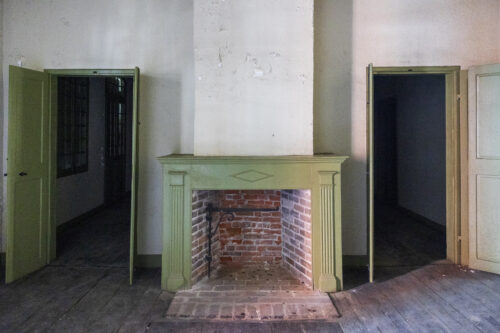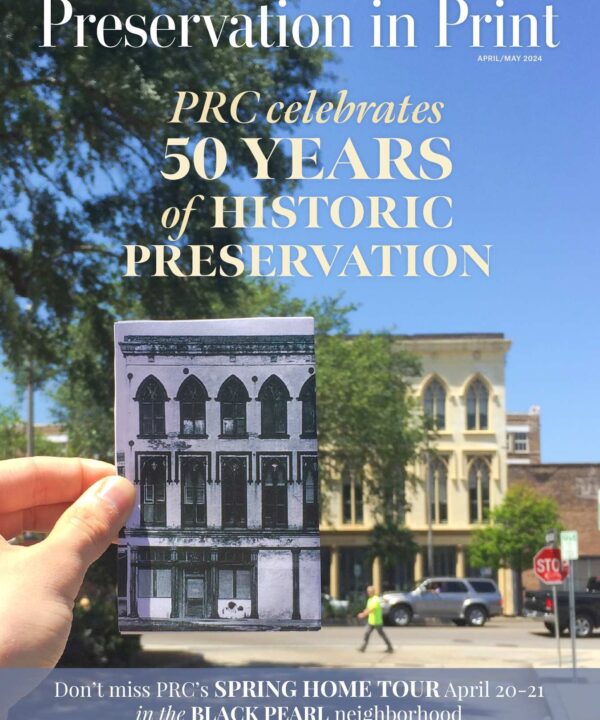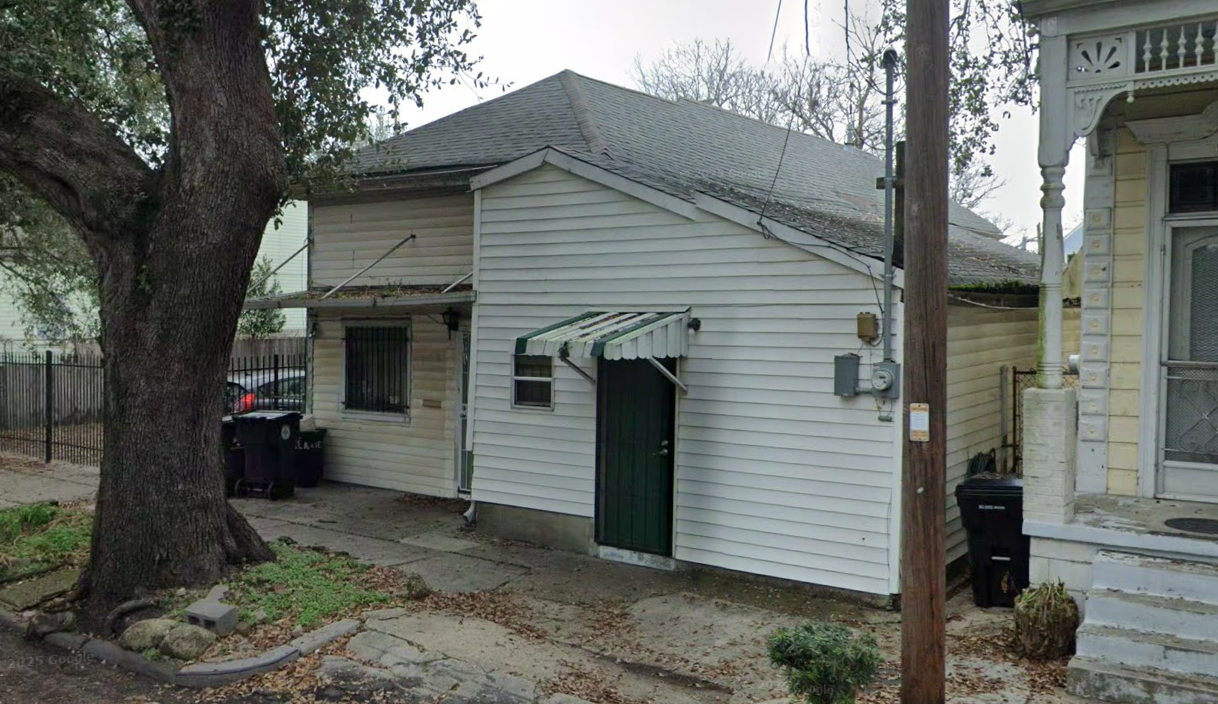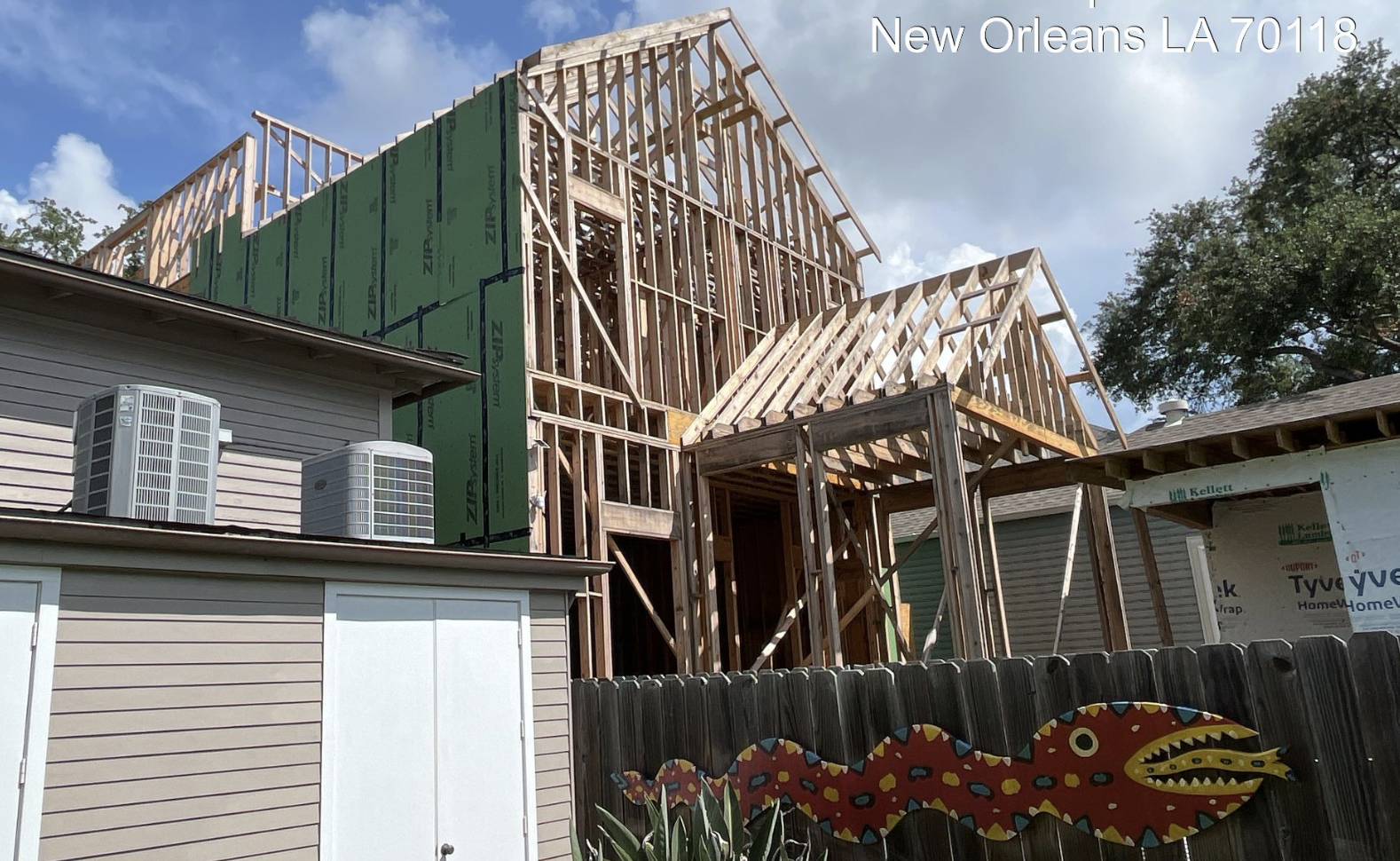More and more, you may be hearing about fortified roofs as the homeowners’ insurance crisis persists. That’s not a coincidence.
The Louisiana Department of Insurance is supporting a $10,000 lottery-style grant for homeowners who install a fortified roof on their home and a handful of bills have been introduced for this legislative session to try to offer incentives for homeowners retrofitting their homes to the fortified standard. These bills include a range of potential approaches to entice and reward homeowners who fortify their homes, including tax credits, exemptions, or deductions, as well as requiring insurers to provide a minimum discount to homeowners.
But, what is a fortified roof and how does it work for historic buildings?
The Institute for Business & Home Safety’s Fortified Roof Program is designed to prevent damage the commonly occurs during high winds, hurricanes, hailstorms, severe thunderstorms and tornadoes. The program includes three standards: gold, silver and roof.
Roof, as it is so succinctly called, includes installing a roof that exceeds most existing building codes. These roofs include a sealed roof deck, impact-resistant shingles, wind- and rain-resistant attic vents and more.
The next step up in the program is silver. Silver includes a fortified roof with other strengthening factors including, but not limited to, impact protection for windows and doors, chimney bracing, and gable end bracing.
Gold is the highest fortified standard. Gold includes roof and silver standards as well as other add-ons, such as wall-to-foundation connections, stronger exterior sheathing, and windows and doors that are pressure-rated.
While the Fortified Roof Program has been successfully implemented in cities in Alabama and Florida, New Orleans, as we all know, is unique in its climate and the number of historic buildings that exist. Therefore, we are all learning as we go, trying to strengthen the built environment while also retaining as much of the historic fabric as possible.
The Preservation Resource Center recently hosted a panel of experts who discussed how the fortified program can or cannot work on historic buildings and how it can work in New Orleans. Let’s review a few of those questions:
Q: Can you put a fortified roof on a historic building (including a home)?
A: Yes, historic buildings can have a fortified roof installed.
Q: Can you install silver- or gold-level standards on a historic building or home?
A: This answer is a little more nuanced and greatly depends on the building, but if a historic building is undergoing a full renovation, that is the best time to implement silver or gold standards.
Q: Does a fortified roof allow you to keep the historic elements, such as finials, ridge tiles, and crestings, on your roof?
A: Yes, the program allows for the historic elements to be reinstalled after a roof is complete. The program provides technical bulletins with instructions on how this can be accomplished.
Q: Is a fortified roof more expensive than a traditional roof?
A: Typically, yes. Installing a fortified roof requires hiring an evaluator who follows the roofing process and certifies the work. The program also requires more durable materials, such as sheathing, ice and water shield, and specific nails. Therefore the material cost is also slightly higher.
Q: Will having a fortified roof get me a discount on my insurance?
A: This depends on your insurance carrier and the coverage you hold. However, the more fortified roofs that are installed in Louisiana should equal a decrease in risk for insurance companies which, in turn, should increase the likelihood of discounts. In addition, state Sen. Royce Duplessis introduced Senate Bill 222 in April that would require insurers to provide a minimum 20 percent discount to insured parties who participate in the Louisiana Fortify Homes Program. As of May 2025, the bill is pending review by the Committee on Insurance.
Do you have additional questions about the fortified program and historic houses? Contact Michelle Shoriak, the PRC’s director of conservation and education, at mshoriak@prcno.org.
*As always, reach out to the VCC or HDLC and the New Orleans Department of Safety and Permits for a Certificate of Appropriateness or permit for all exterior work, including roofing.







